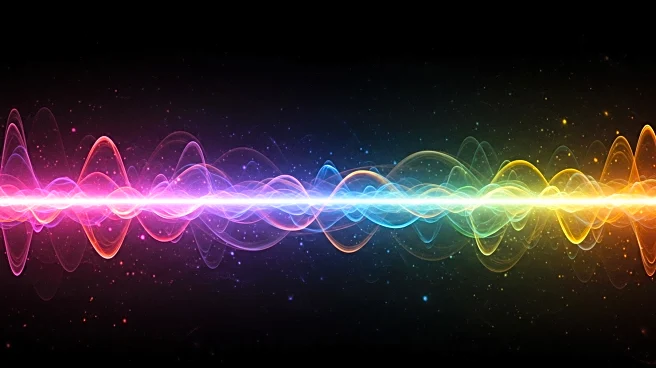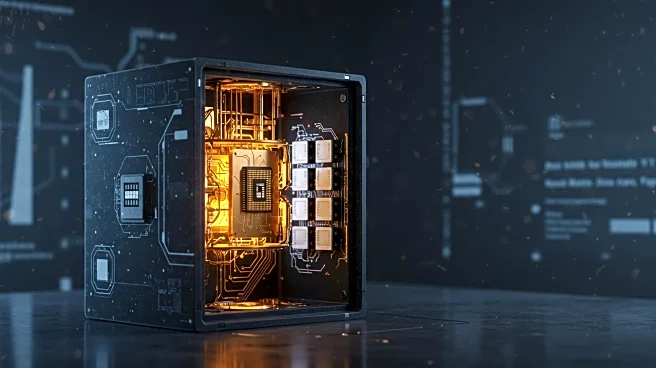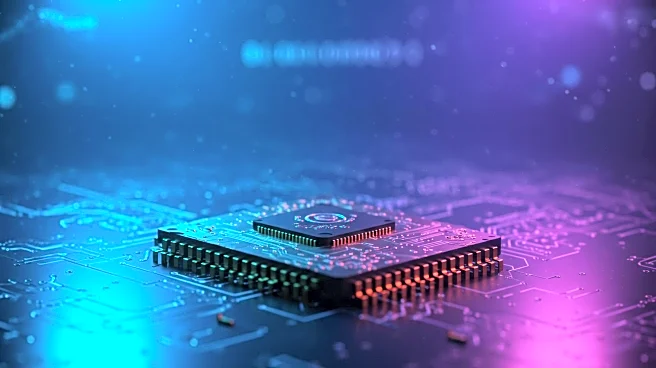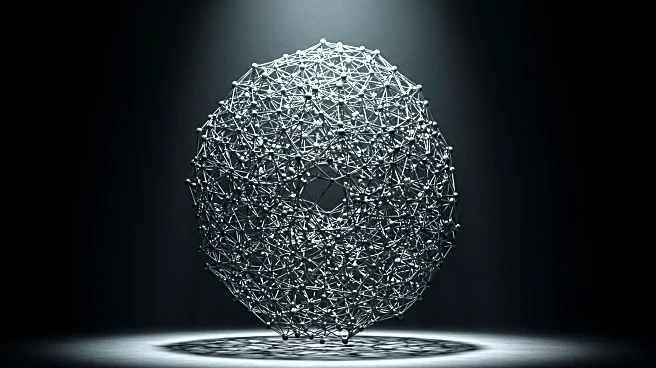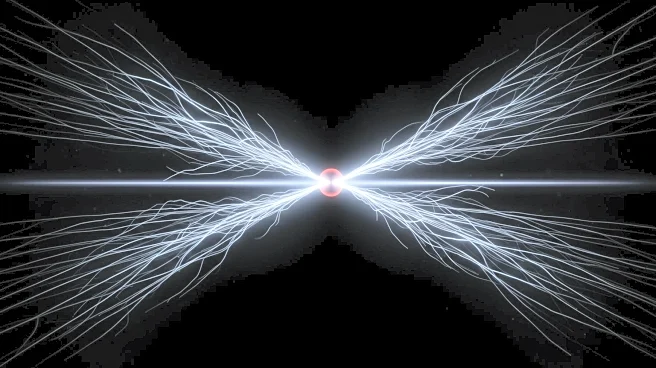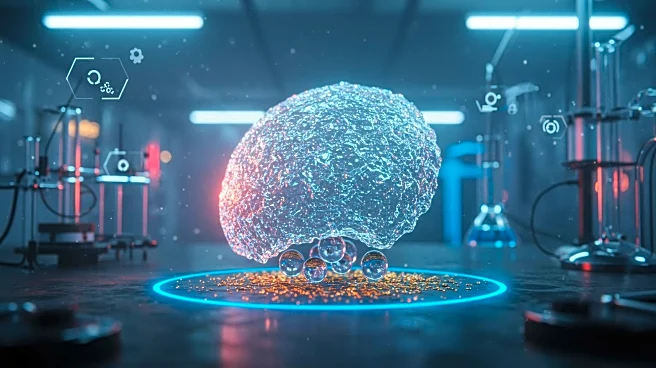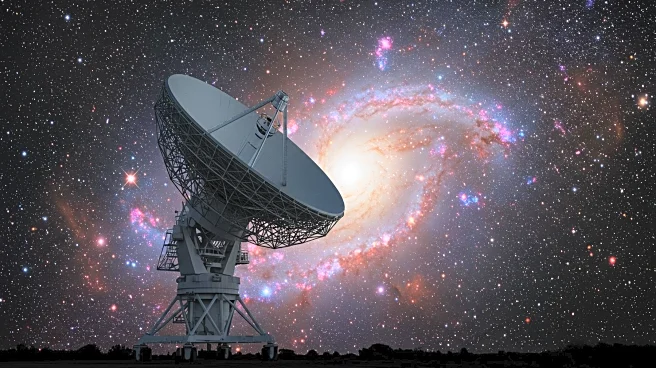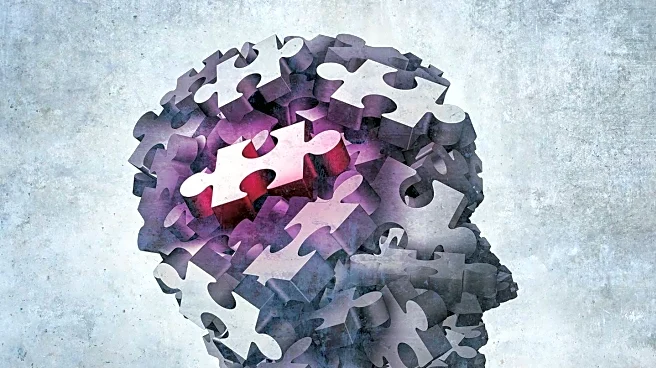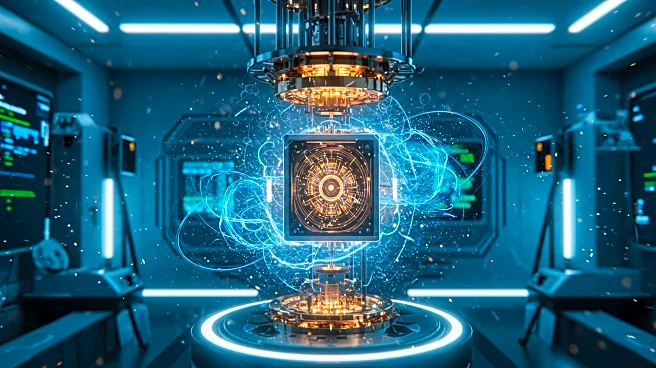What is the story about?
What's Happening?
Recent research has uncovered a new aspect of quantum tunneling known as under-the-barrier recollision (UBR). This phenomenon involves electrons reflecting and colliding with the nucleus while still within the potential barrier, challenging traditional views of tunneling as a passive process. The discovery, made by physicists from POSTECH and the Max Planck Institute, reveals dynamic interactions within the barrier, leading to enhanced ionization levels and new photoelectron spectra. The researchers developed a strong-field approximation model to explain these findings, which expand the understanding of tunneling dynamics.
Why It's Important?
The discovery of UBR fundamentally alters the understanding of quantum tunneling, a key process in quantum mechanics. By demonstrating complex interactions within the barrier, this research could lead to advancements in quantum control and the development of technologies relying on electron dynamics, such as semiconductors and quantum computing. The findings also have implications for time-resolved spectroscopy, potentially enhancing the exploration of ultrafast physical and chemical processes.
What's Next?
Future research will likely focus on further exploring the implications of UBR and refining theoretical models to incorporate these new dynamics. The development of more precise experimental methods and computational simulations will be crucial in validating the findings and expanding their applications. Researchers may also investigate the potential for controlling electron interactions within barriers, opening new avenues for quantum technology innovation.
Beyond the Headlines
The discovery of UBR highlights the importance of challenging established scientific paradigms and exploring new theoretical models. It underscores the dynamic nature of quantum processes and the need for sophisticated approaches to fully understand them. This research may inspire further studies into other quantum phenomena, potentially leading to breakthroughs in fundamental physics.
AI Generated Content
Do you find this article useful?
